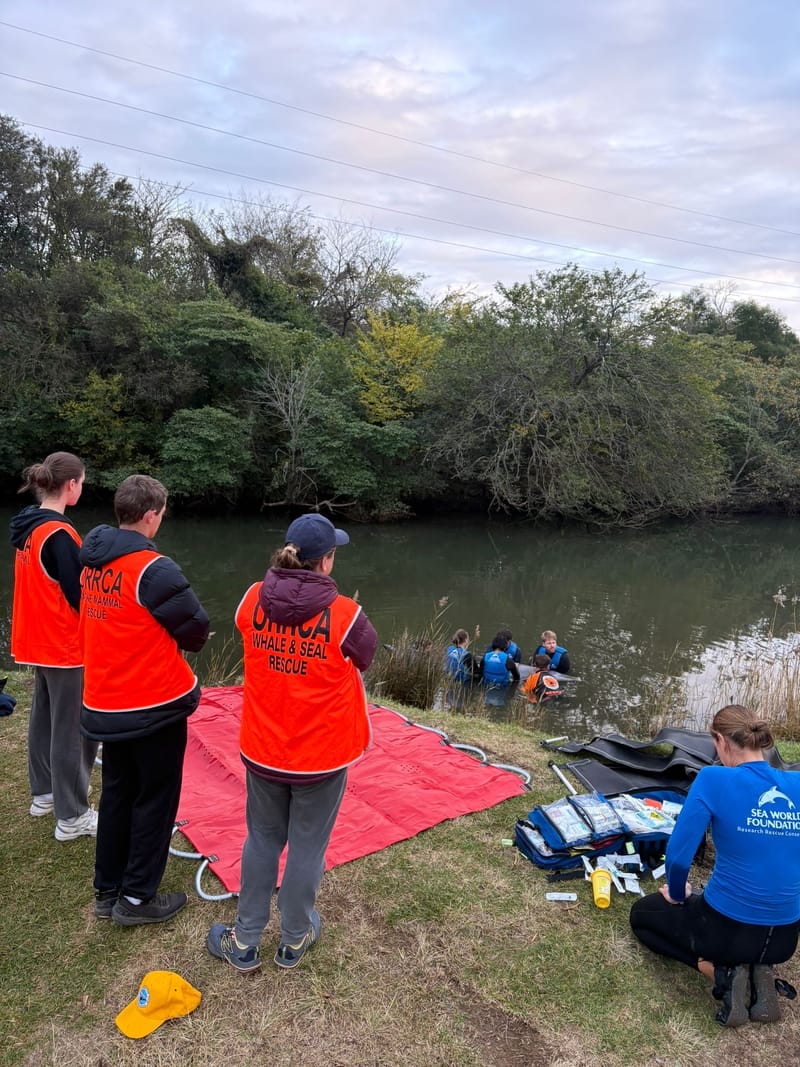What on Earth Wednesday: A shelled slug with a taste for flesh
My husband walked inside, thick canvas gardening gloves on, tightly grasping several small sticks. He held the sticks out, as far away from himself as possible and perched on top was a precariously balanced…something. “I don’t know what this...
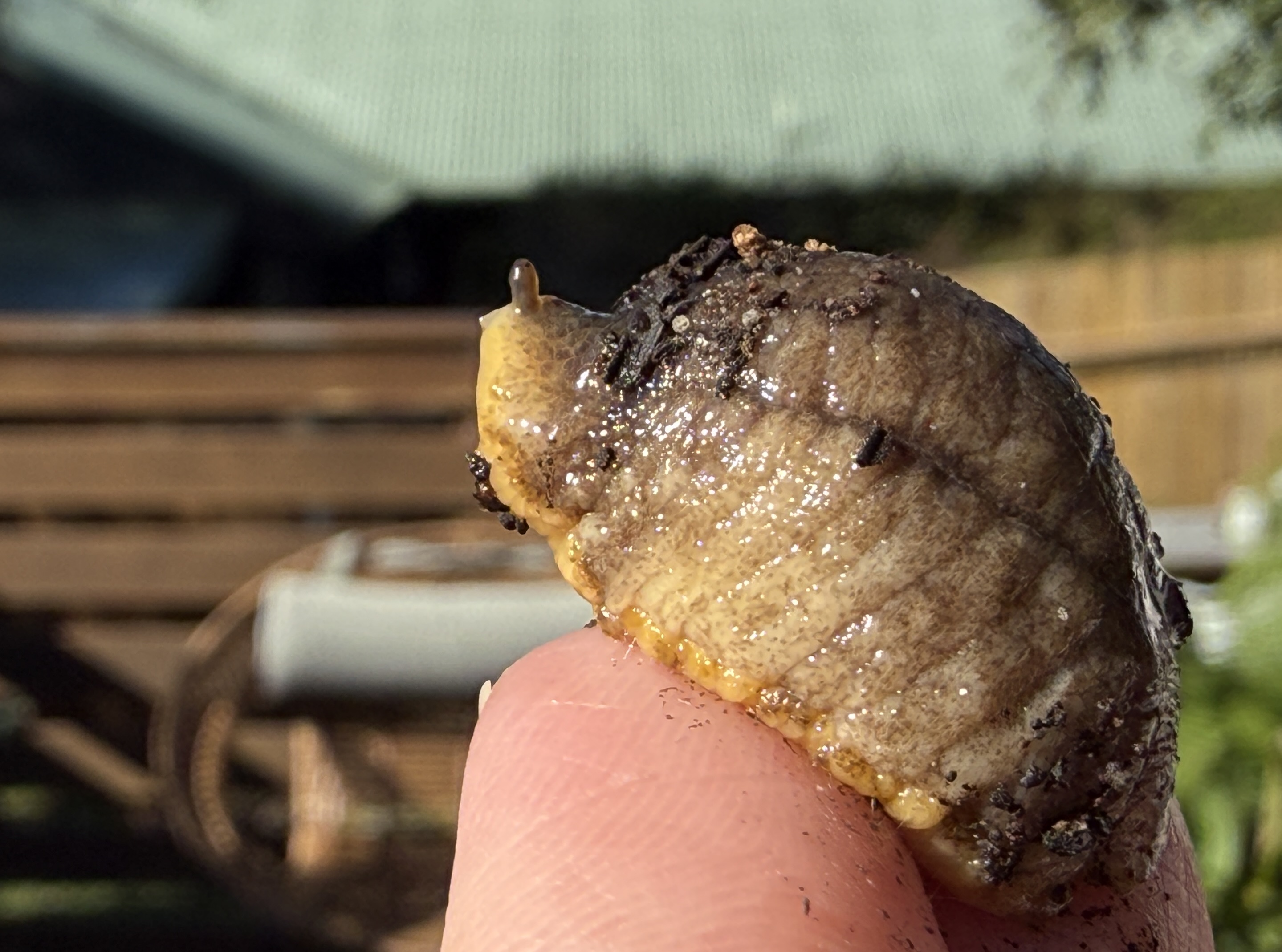
My husband walked inside, thick canvas gardening gloves on, tightly grasping several small sticks. He held the sticks out, as far away from himself as possible, and perched on top was a precariously balanced… something.
“I don’t know what this is,” he said, keeping the whatever it was, at arm's length, “But it looks like something you might like.”
And he was right. It was exactly something I’d like – a fat, squidgy-looking mystery and a mystery that needed to be solved straight away. So this next part comes with the quintessential warning – 'don’t try this at home' – but I like to solve nature puzzles hands-on and so I cupped my hands and waited for the squishy, wrinkly-looking thing to be dropped into my palm.
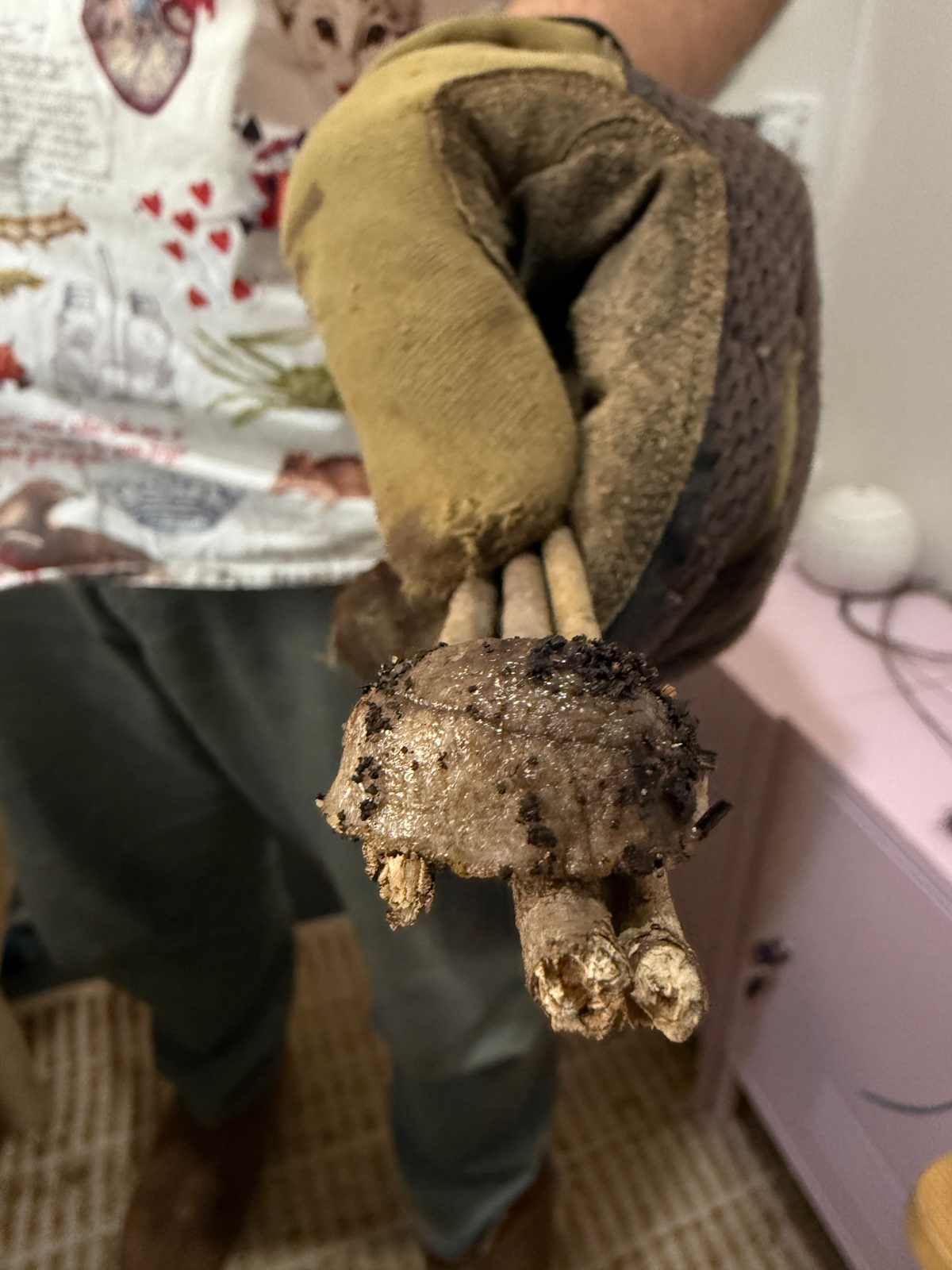
I squeezed it ever so slightly, like I was checking the ripeness of an avocado and one that I’d have to buy regardless so I was extra careful. It was firm to the touch and incredibly sticky (so much so, it ended up taking a very determined amount of scrubbing with a nail brush to later remove the slime from my hands). At that point, it looked and felt like nothing more than a leathery lump.
I turned it over, revealing a creamy underside and waited for what I expected would happen next. No more than a minute later, two tentacles popped up and the slug started to stretch itself out.
The gift that my husband had quite literally dug up, was an Earshell Slug (Testacella haliotidea) an introduced species, with a small, rudimentary shell at the rear, something I could easily have missed if I wasn’t so determined to turn it around and view it from every angle.
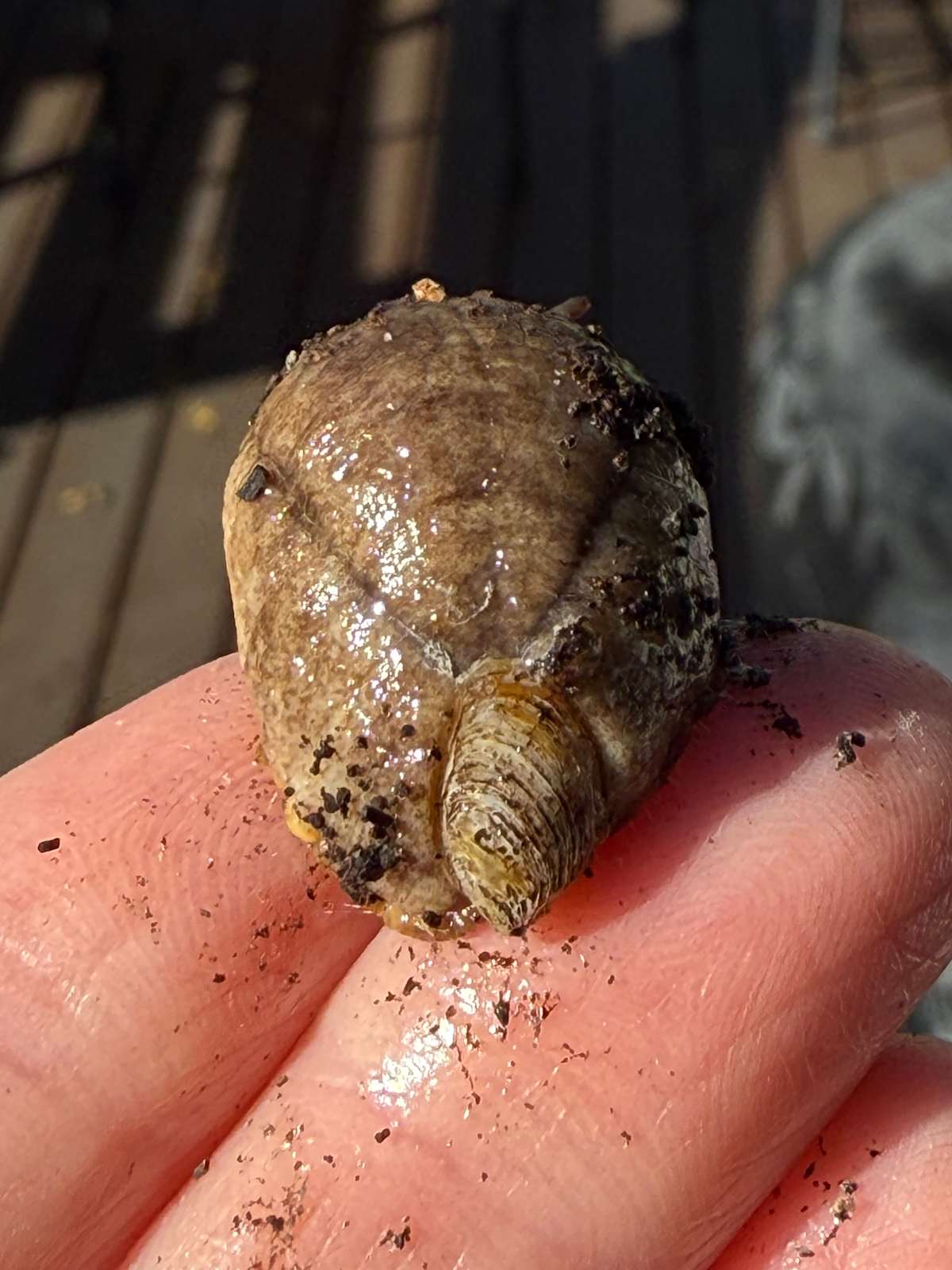
I’ve pretty much given up on veggie gardening, what with all the possums and bandicoots and everyone else who likes to have a nibble, but for once, this critter is one who will leave my herbs alone.
You see, this underground dweller is a carnivorous predator, a hunter of worms. It sniffs them out and then swallows them whole, digesting them while they are still alive which is a little gruesome, come to think of it.
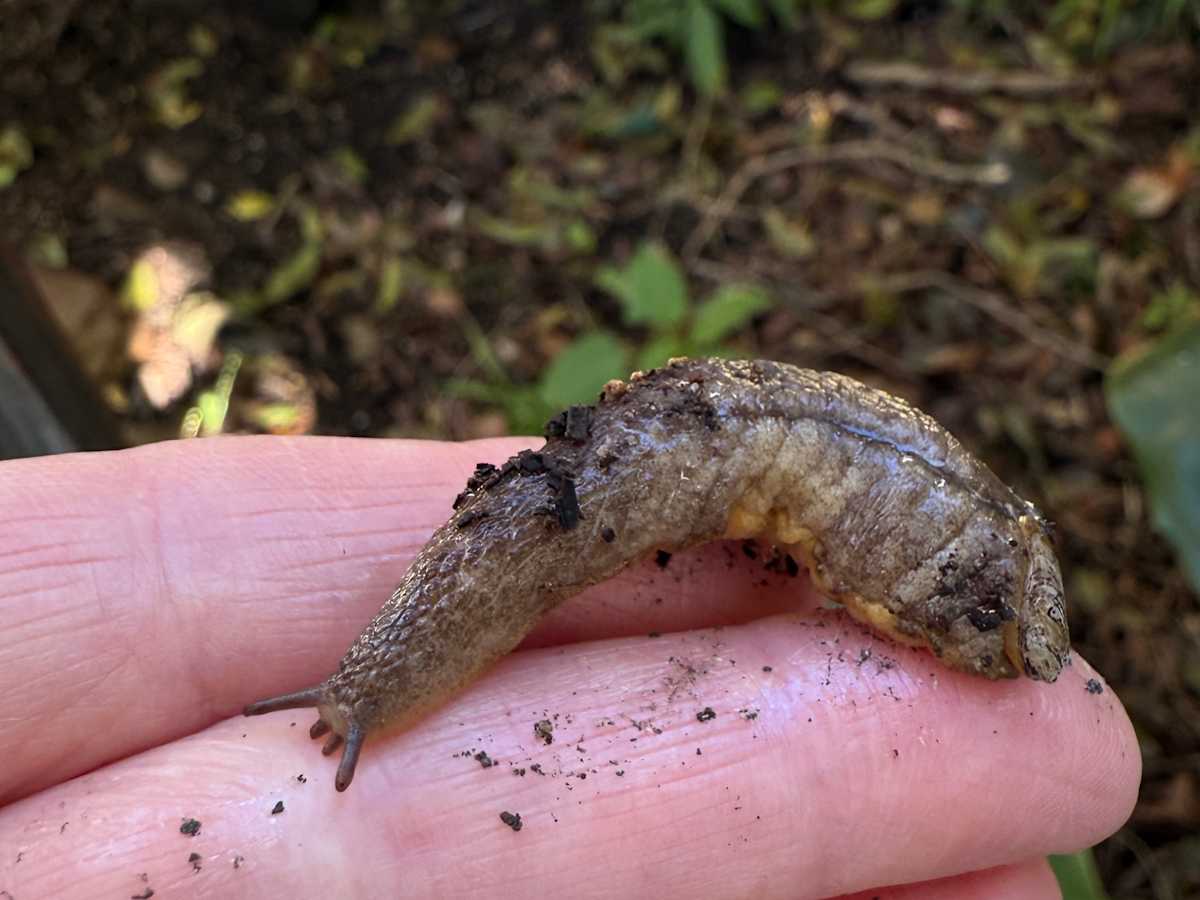
After popping it back into the darkened corner of the garden and under the rock from which it was discovered, I spent a bit of time learning about this slug that, until 20 minutes earlier, I didn’t even know existed. And I found a note on the species from the journal Nature back in 1905, which was itself referencing to a previous note in the journal from back in 1886. Both authors noted the slugs, which are hard to miss at almost 12 centimetres in length, were found en masse above ground, seeking shelter on walls and in ivy, after being flooded out after days of heavy rains.
It really tickled me how observations of nature, even the most basic, can reach out across time and add a little bit more to our overall understanding of a species. And now you know where you’ll find me after the next big wet: back in that darkened corner searching on walls and in vines for the gift that keeps giving, my new sluggy friend.



